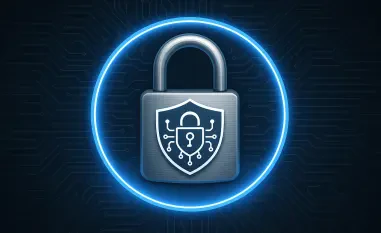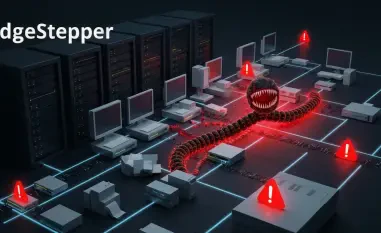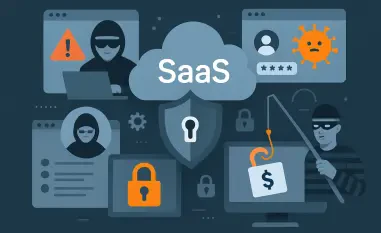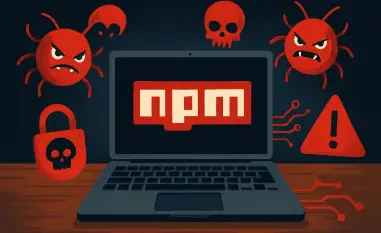The threat landscape in cybersecurity is rapidly evolving, with attackers continuously developing sophisticated techniques to exploit vulnerabilities and deceive users. One prominent tactic, ClickFix, witnessed a staggering 517% rise in attacks within just a few months, according to data from ESET. This social engineering method leverages fake CAPTCHA verifications to lead unsuspecting victims into executing malicious scripts, resulting in a range of cyber threats, from infostealers and ransomware to remote access Trojans. Threat actors use ClickFix to trick users into running malicious commands, typically through the Windows Run dialog or macOS Terminal applications. The tactic has now become incredibly popular among cybercriminals, prompting a global rise in similar attack strategies. It represents a significant risk to user security and corporate data integrity.
1. Rise of ClickFix Tactics
ClickFix attacks capitalize on users’ tendencies to trust CAPTCHA verifications by presenting fake prompts that coax them into performing harmful actions. These attacks intensified, with substantial activity reported in countries such as Japan, Peru, and Slovakia. The surge in these attacks alerted cybersecurity firms to the growing sophistication of cybercriminal strategies. ClickFix is not limited to a single threat type; it can lead to a variety of malicious software, including custom malware crafted by state-sponsored threat actors. This makes ClickFix a versatile tool in the hands of those looking to exploit unsuspecting users. Attackers behind these threats have even gone so far as to offer malicious toolkits, allowing other would-be hackers to create their own ClickFix-based exploits. By spreading this knowledge, the potential for widespread attacks increases significantly.
In the current cyber landscape, the exposure of organizations and individuals to such threats is growing. The fraudulent techniques behind ClickFix have drawn attention to the need for improved cybersecurity measures, education, and robust detection systems. Attackers use strategic domain aging and other tactics to lend credibility to their phishing sites, making these attacks harder to spot and more effective at deceiving victims. This approach increases the attack’s success rate, providing cybercriminals with a lucrative vector for their activities.
2. Emerging Threat: FileFix
Coinciding with ClickFix’s prevalence, a new method known as FileFix has been introduced by researchers, adding yet another layer of complexity to cyber threats. FileFix tricks users into copying and pasting file paths into Windows File Explorer, manipulating this seemingly harmless action to execute unauthorized commands. This innovation uses File Explorer’s command execution capabilities via the address bar, combined with browser file upload features, to carry out attacks. Threat actors can craft phishing pages encouraging users to open file paths, delivering malicious scripts covertly. This method turns otherwise benign user behavior into an opportunity for attack.
Researchers have demonstrated how attackers can disguise malicious commands within file paths, making them appear like ordinary document links. By manipulating file paths with extra spaces and comment symbols, the commands remain hidden until executed. This allows the attacker to bypass common security measures and perform malicious activities on the user’s device. FileFix represents a new frontier in phishing attacks, leveraging human error and system vulnerabilities in unison.
3. Phishing Campaigns on the Rise
The rise of FileFix and ClickFix methods has been accompanied by an increase in phishing campaigns exploiting these techniques. Cybercriminals have been creative, employing a range of deceptive tactics to lure victims into handing over sensitive data. Recent campaigns have used government mimicry, sending emails from .gov domains to gain trust and entice users into interacting with malicious content. These emails cleverly disguise themselves as notifications or official communications, persuading targets to disclose private data or download malware. These phishing tactics target both average users and corporate entities, seeking to extract not just financial information but also login credentials.
Phishing methods also extend to leveraging long-lived domains to create a false sense of security, directing users to realistic-looking CAPTCHA pages, and redirecting them to counterfeit platforms, such as fake Microsoft Teams sites, to steal credentials. This level of sophistication makes these sites appear legitimate, reducing the suspicion typically associated with phishing attempts. Organizations face increasing pressure to secure their digital communication channels and educate their workforce about potential threats. Beyond traditional email scams, advanced techniques now involve the use of trusted platforms, such as SharePoint, to distribute phishing links. The dynamic nature of these links and domains further complicates detection.
4. Defense and Future Considerations
ClickFix attacks cunningly exploit users’ trust in CAPTCHA verifications, using deceptive prompts to persuade them into harmful actions. Recently, these attacks have escalated in nations like Japan, Peru, and Slovakia, underscoring the increasing complexity of cybercriminal tactics. ClickFix encompasses a broad range of threats, from general malicious software to customized malware developed by state-sponsored entities. Such versatility makes it a potent tool for exploitation by those targeting unsuspecting users. Some attackers even distribute malicious toolkits, enabling others to create similar ClickFix-based schemes, thereby amplifying the risk of widespread attacks.
In today’s digital arena, the susceptibility of organizations and individuals to these threats is on the rise. The deceitful methods employed in ClickFix attacks highlight the urgent need for enhancing cybersecurity practices, educating users, and developing strong detection systems. Cybercriminals deploy tactics like strategic domain aging to make phishing sites appear legitimate, complicating threat detection and boosting the success of their operations, thus offering them a profitable avenue for exploitation.













